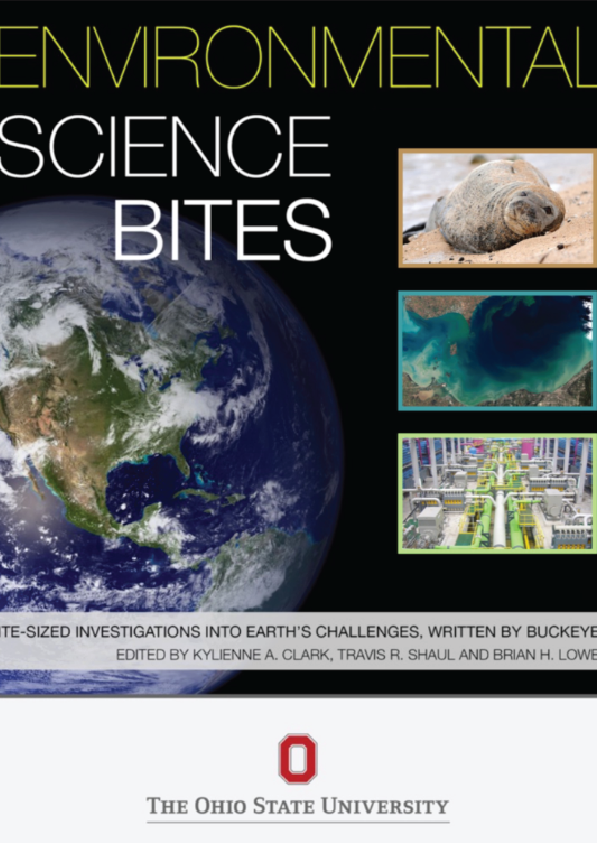Many scientists argue that tropical storms are becoming stronger and more destructive.However, there is debate whether the increase in tropical storm intensity is caused by natural weather patterns, or if climate change is responsible. Global warming, an increase in global surface temperature, has been attributed to anthropogenic greenhouse-gas concentrations. Greenhouse gases, such as carbon dioxide (CO2), trap heat on the earth’s surface. This increase also affects the temperature of sea water, called sea surface temperatures (SSTs). Warmer waters create ideal conditions for more powerful storms to form, particularly in areas where tropical storms derive. Tropical storms originating in the Atlantic Ocean are called hurricanes (Figure 1), whereas tropical storms that form in the Pacific Ocean are called cyclones.
There is a difference in temperature between the sea and upper air that drives tropical storm formation (Figure 2). The air closer to the sea is warm, while the upper air is cool. The warm, moist air on the surface rises into the cooler air, and as this happens, more warm air fills in closer to the sea to take the previously risen air’s place. The warm air condenses and forms clouds that release heat. This process of warm air cycling continues until the earth’s rotation gives the whole system a push, causing the storm to spin. Because tropical storms are energized by the difference in temperature between the sea’s surface and the upper air, an increase in sea surface temperature means a greater difference between the temperature of the sea and the temperature of the upper air. This process adds more “fuel” to the storm, causing warm air to rush into the system, making it larger, faster, and more powerful.
It is difficult to ascertain if increased storm intensity is the result of human pollution or of natural causation. It is not possible to know the exact pattern of tropical storms but by utilizing the historical record a trend emerges. Scientists have created climate models that allow synthetic weather events to be simulated and observed. These models are used to test the theory of the correlation between higher SSTs and intensity of tropical storms.9,10 In a study conducted by Mendelsohn et. al. a scenario was created to predict greenhouse gas emissions for the next century. The scenario was applied to several climate models to see how the climate might change by 2100. Climate and cyclone models are used together which allowed the authors to look at changes in frequency, intensity, and location of tropical storms. When the study was performed, the authors observed a set of 17,000 synthetic storms in each climate scenario. Tropical storm intensity was measured using minimum barometric pressure, and the results of the study indicated storms are more intense over warmer waters near the equator.
With Earth’s population growing, pollution and greenhouse gas emissions are increasing. SSTs also continue to rise, which may result in stronger storms. There is a greater concentration of the global population in coastal areas and these areas are more sensitive to storm destruction. Thus, a greater population leads to more pollution, which can lead to stronger storms, and then the stronger storms lead to more damage. These growing coastal areas have increasingly valuable infrastructure that can be damaged. With higher populations and more expensive infrastructures, greater economic damage occurs from strong tropical storms. Tropical storm intensity is increasing and repairing infrastructure damage from storms is becoming more expensive.











